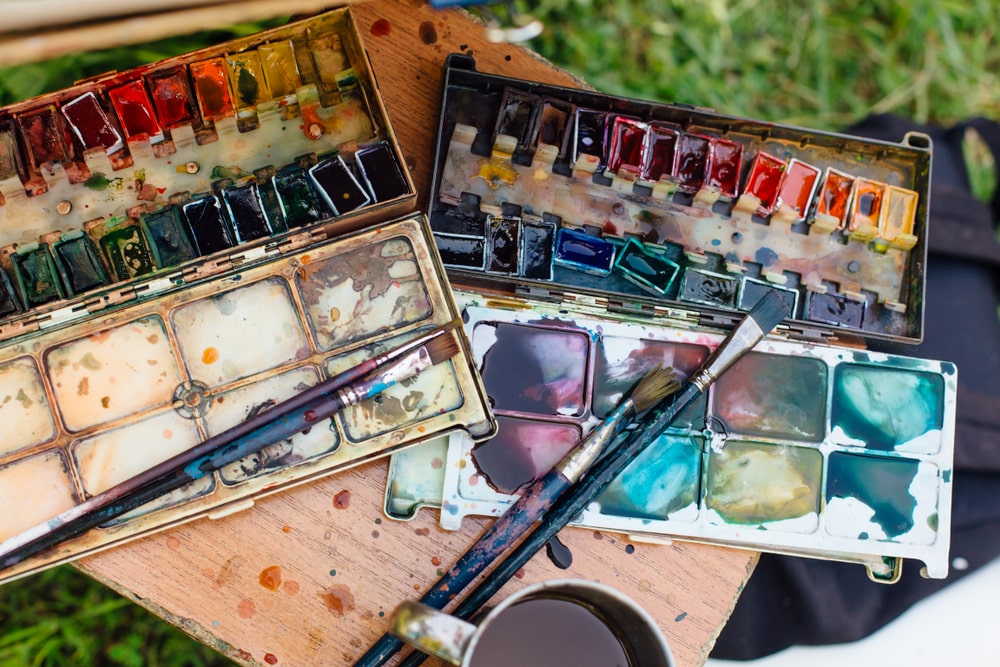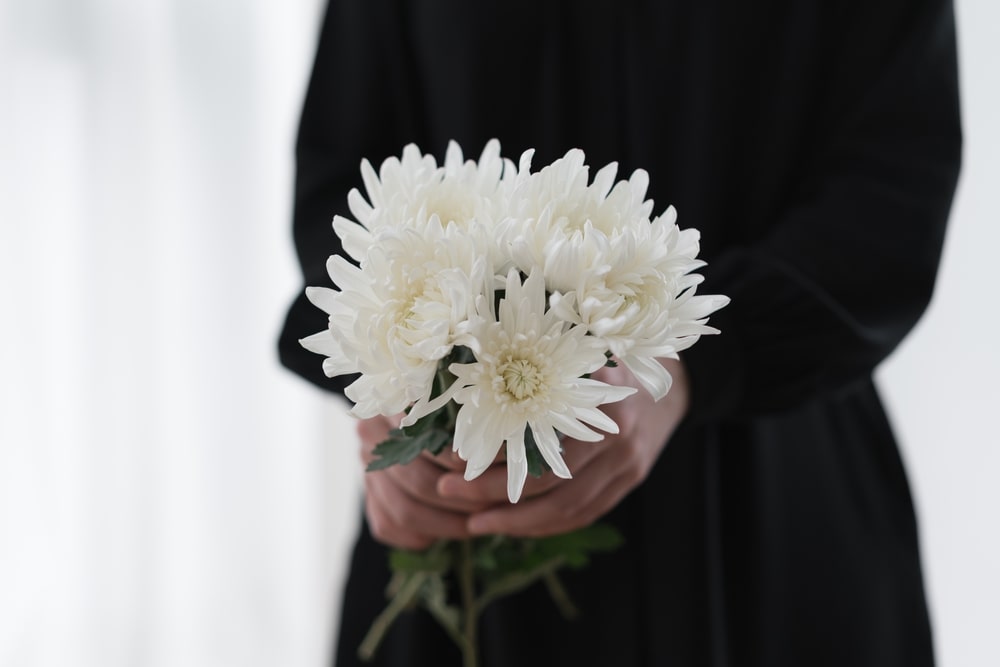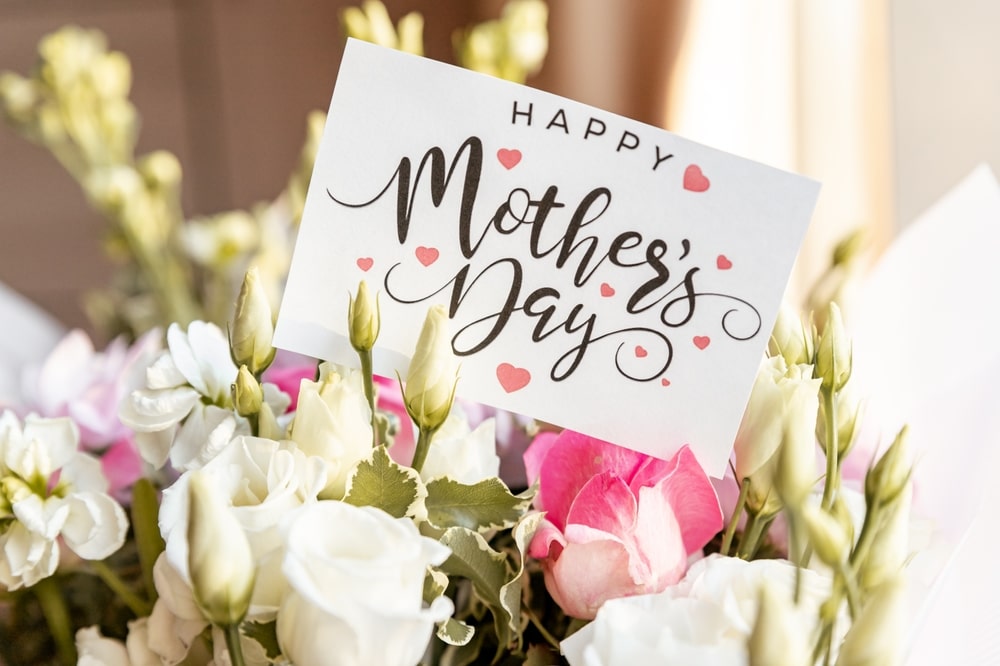Your way back will happen very slowly. Almost like a whisper. You will be OK. Not the same. But OK. Not you. But still you. – Christina Rasmussen
Sometimes talking about our grief isn’t enough. Maybe our words don’t fully say what we want them to say. Or they don’t capture the depth of what we feel. This is why creative expression is such an integral part of the human experience and an excellent way to process the painful feelings we encounter, especially during times of grief. For many, participating in creative self-expression can help bring deep-rooted, complex emotions to light.
As part of your grief journey, you might consider taking up an activity that allows you to express yourself creatively. For many of us, painting comes to mind first, but you don’t have to take up painting if you don’t want to. There are many ways to express yourself creatively and tap into what is hiding below the surface. For example, you could: draw (pencil, pastels, ink), paint, sculpt, scrapbook, keep a grief journal, take photographs, garden, write poetry or prose, cook, bake, take up calligraphy, compose music, restore a car, woodwork, or create a memory quilt or box.
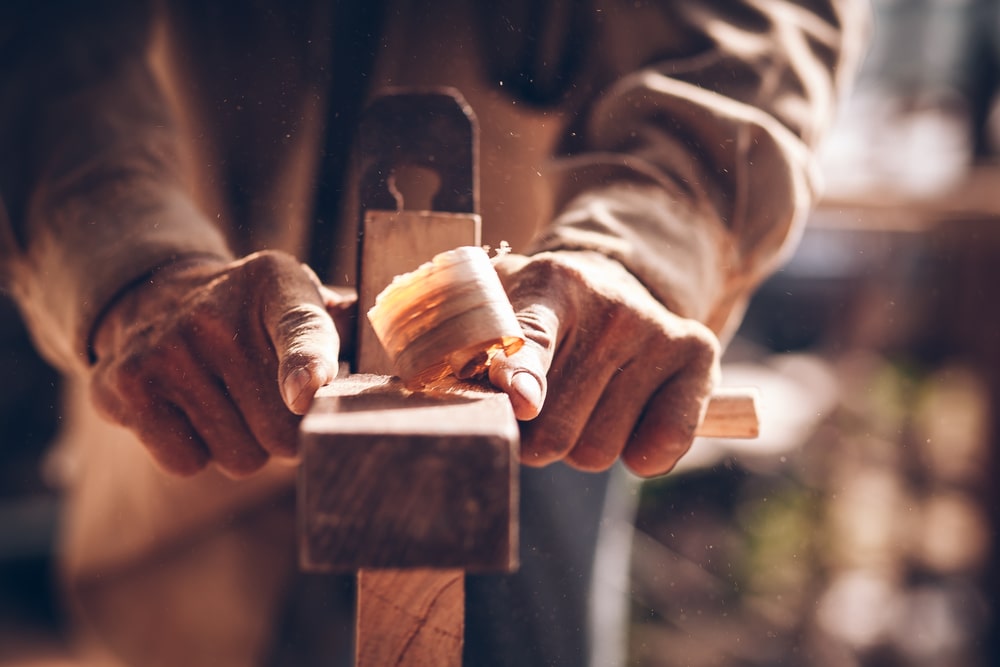
In the end, the final product doesn’t matter. The healing value is in the doing. You don’t have to be good at something to take it up as a vehicle for healing. In other words, you don’t have to be a writer to keep a grief journal. You don’t have to be a painter to use watercolors or oils. You don’t have to be a photographer to take beautiful pictures. All you need is the motivation and the desire to see if creative expression will help you.
Here are a few reasons why delving into your creativity may help you deal with loss.
1. It helps you express things you might not be able to put into words.
We all know how it feels to be at a loss for words. Creative expression allows us to become more aware of how we actually feel. In the creative process, we slow down a little and think about our emotions, actions, moods, and behaviors. There may be something going on inside that we don’t realize is there until we take the time to explore it.
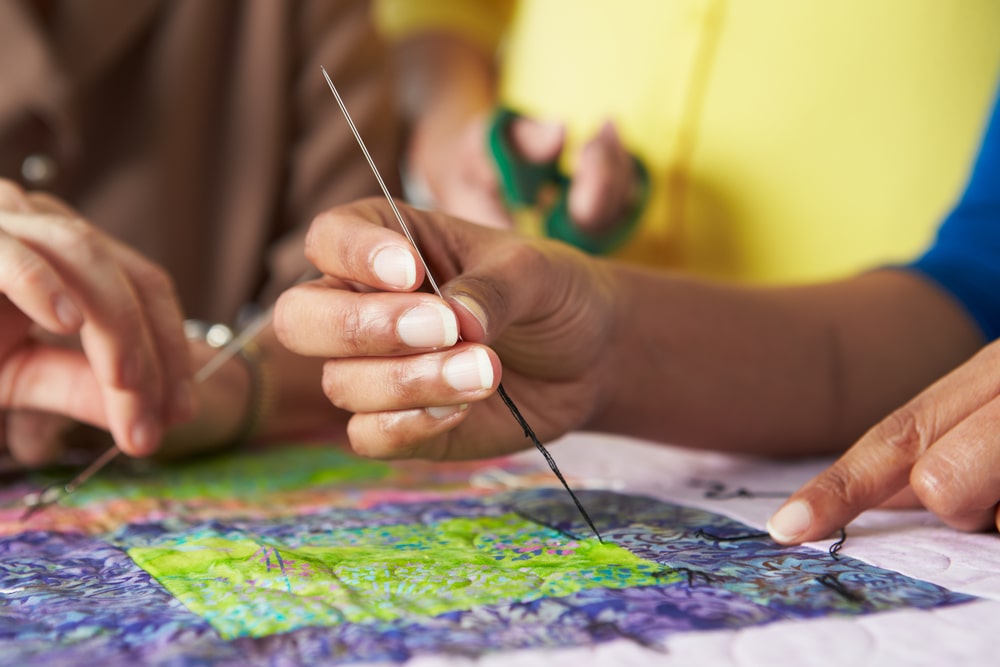
2. The creative options available to you are wide and varied.
As mentioned above, you aren’t limited in what medium you choose as your creative outlet. An Australian woman did choose to paint and is now exhibiting her work, while another woman created works of art made from the clothing left behind by the son she lost. Eric Clapton, a musician who lost his young son in a freak accident, used music to help him deal with his grief. No matter what form of expression you choose, the results can contribute to the healing and reconciliation you come to regarding the death of the person you loved.
3. It’s a safe way to express your emotions.
Grief can bring out a myriad of emotions. Some of your emotions may even make you nervous or afraid. Using your creativity to deal with loss is a way to safely express yourself. No other person needs to be around when you create, unless you want them to be. It’s a time when you can choose to be alone to constructively explore what’s in your heart and mind. Your work is as private as you want it to be, and even if the emotions that reveal themselves are ugly, it’s better to get them out than to have them bottled up inside, waiting for a moment to burst.

4. It’s something you can control in a world that may seem out of control.
When we lose someone we love, our world is rocked. Things that felt safe and secure before may now feel shaky and uncertain. Depending on the depth of the loss, it may feel like everything is spiraling out of control. By taking up a creative habit, you create an opportunity where you can exert a certain level of control over at least one aspect of your life. It’s your work, and you make the rules. Throughout the process, creativity may become a reliable friend – a means of self-support during a time of confusion and pain.
5. It provides you with an opportunity to engage with others who are grieving.
Some will choose to engage in solitary creative expression. Others will take the opportunity to participate in collective creative expression. If you decide to paint, you might join a group of other painters who are going through loss. If you decide to write poetry, you could join a writing group focused on grief. You are not alone in your journey – so many others are also dealing with grief in their own way. You may find a kindred spirit in a class who will come alongside you as you grieve.
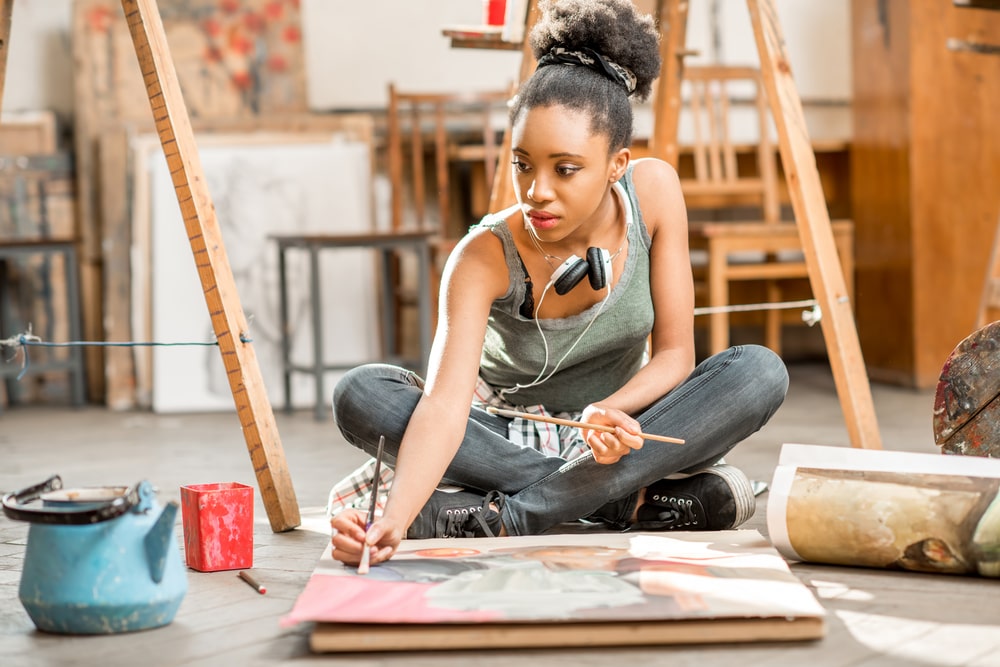
6. It is beneficial to your health.
It has been discovered that self-expression, particularly the arts, can actually help relieve feelings of stress, fear, and depression. The body calms during the activity, which, in turn, contributes to reduced blood pressure and even releases chemicals in the brain to decrease some types of depression. By allowing the emotions building up on the inside to find outward expression, you are actually allowing your body to relax, resulting in less strain and better health.
7. It helps you remember that there is still beauty in the world.
No matter which medium you choose to interact with – photography, journaling, woodworking, painting, etc. – at some point you will make a realization: there is still beauty in the world. The flowers are still delicate, the mountains are still impressive, and people are still worth knowing and loving. Even in grief, you will have good moments – days when you remember that life can be good. When those days come, don’t reject them. Embrace them. Remember that life can be good again…not the same but still good.

A brief note regarding creative expression and children in grief: Creative expression activities (most often arts & crafts) are very helpful for children experiencing grief. Children have a difficult time identifying what they are feeling, much less putting it into words. Arts & crafts allow them to communicate without words and provide an opportunity to release their emotions and express their thoughts.
If you’d like to give creative expression a try, you first need to pick an activity that appeals to you – even if you don’t think you’re good at it! Then, for three or four consecutive days, spend at least 20 minutes a day doing your chosen activity. After a few days, evaluate how you feel and if you’d like to continue. Fully embrace the activity during the trial phase and express yourself fearlessly. Your emotions are important, and they need to be expressed so that you can move forward.

